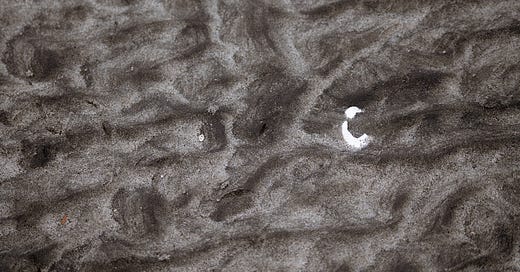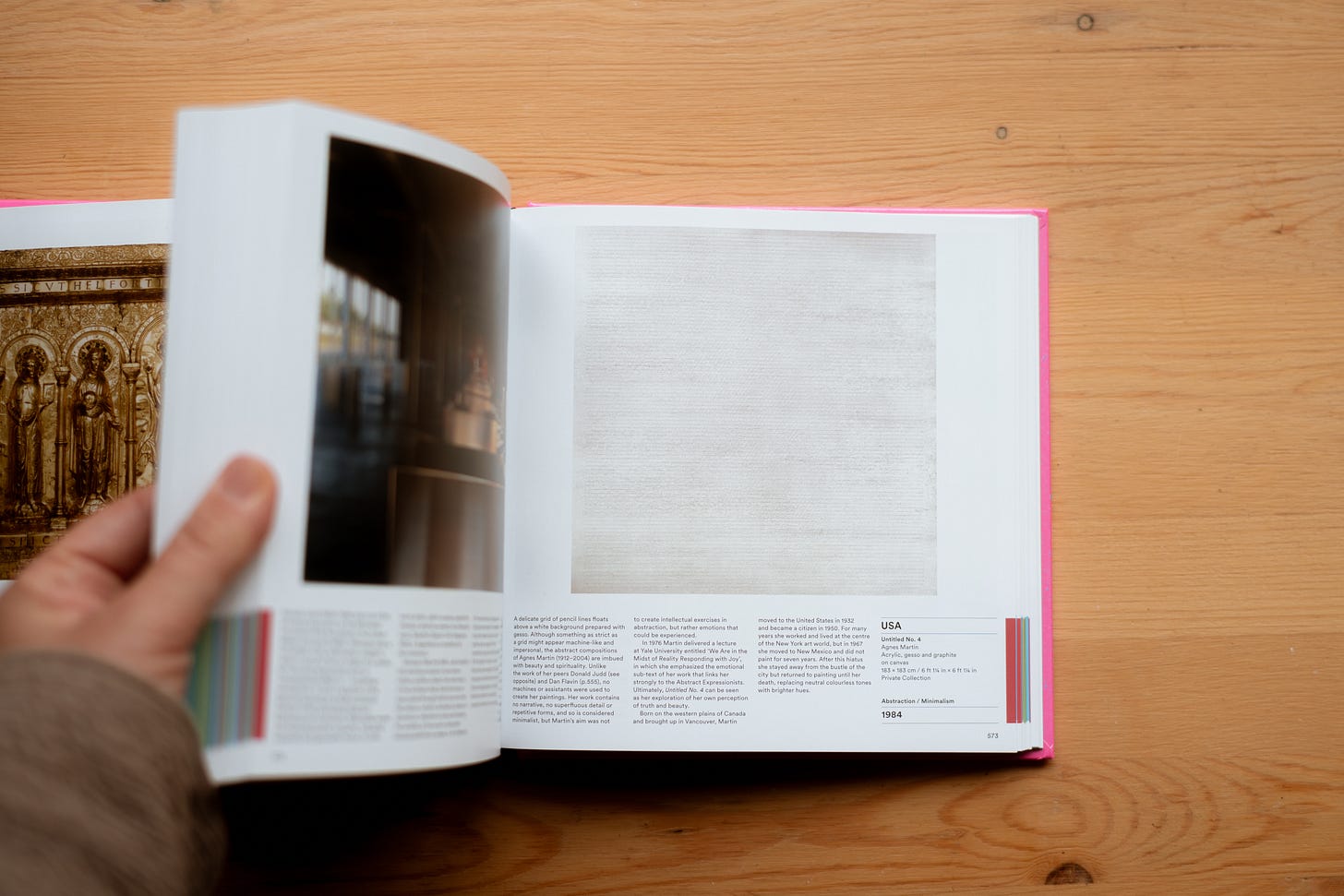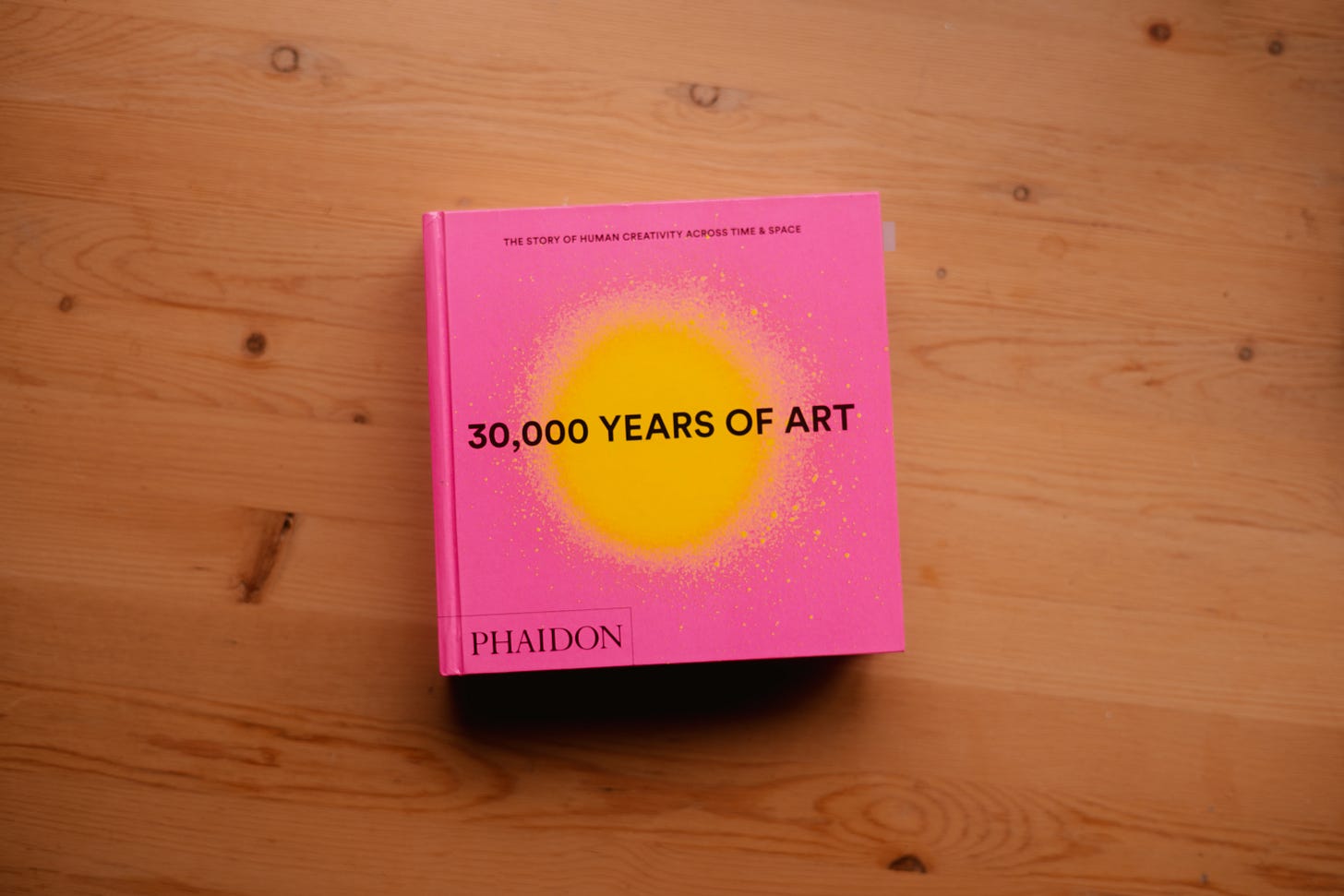What Is Your Purpose? (And Do You Have to Know?)
The Trouble With “Purpose”, Art history, personal work, and a book rec.
The Trouble With “Purpose”
What is your purpose?
Don’t ask me that without first talking to me about what purpose even means.
Do you mean to ask me why I exist?
Are you asking why I do what I do?
Is this the grand purpose of my life? Or the motivation that helps me raise my camera to my eye, or place pen to paper?
Or do you mean I should have kids? Because surely, that’s the purpose of being human: to ensure we continue on as a species.
Purpose is loaded with pressure. What I hear when you say "purpose" might be different from what you mean.
Purpose. The end. The reason to exist.
Purpose. An intention. A plan.
Goals are written and rewritten.
Plans are made, then undone.
It’s easy to get lost in other people’s ideas about how to find purpose.
Like that Venn diagram version of Ikigai—
the one that says:
do what you love,
do what you're good at,
do what the world needs,
do what you can be paid for.
That’s your purpose, they say.
That little glowing spot in the centre.
But is it?
Because what if I love something I’m bad at?
What if no one needs it—but I do?
What if I never get paid for it?
What if the joy is in the trying, not the mastery?
Where’s the space for that?
I don’t see space for simply not having the answer.
For something I may never be able to confirm was the right choice.
But here I am.
The pressure of the grand purpose is a weighted blanket placed on a life that aches to stretch.
It tells us we must conquer something outside of ourselves, rather than looking inwards for the answer.
It makes it easier to compare. To regret.
We are fragile beings here for a short time.
Isn’t that beautiful enough?
I don’t know my grand purpose.
But I do know what brings me joy.
What makes me feel expansive.
What makes me cry.
What makes me laugh.
And maybe that is purpose.
For now, it’s enough.
Personal Work
A hidden shell found on a beach walk.
Agnes Martin and the Quiet Refusal to Explain
I wanted to share the work of Agnes Martin alongside this piece—not as an explanation, but as a kind of echo.
An art critic once described her paintings as “an essay in discretion, inwardness and silence.” That phrase alone feels like it could belong to this reflection. Her work—minimalist grids, soft palettes, repeating lines—wasn’t made to declare a message or define a purpose. It was made from feeling. From presence.
Agnes Martin once said, “Happiness is being on the beam with life—to feel the pull of life.”
Her paintings weren’t answers. They were quiet gestures. A kind of listening.
You can view her work at Pace Gallery or on the Guggenheim site.
Art History Book Recommendation
30,000 Years of Art: The Story of Human Creativity across Time and SpacePhaidon Editors
Having studied art history in university, I often circle back to artists I didn’t get the chance to fully absorb the first time around. Back then, it was all about memorizing names and movements—from cave paintings to contemporary installations—with little space to actually connect with the work.
That’s why I love 30,000 Years of Art. It’s a beautiful, expansive book that lets me revisit the sweep of human creativity without the pressure of a textbook. I still reach for it when I want to learn something new in the span of a coffee break.
Hey, you made it to the end! So here’s a little secret: I have the worst file organization system. After a couple external hard drives failed on me out of nowhere, I completely lost trust. Now I overspend on Dropbox storage and dread clearing my SD cards.
I’ve basically become a little SD card hoarder. I have a couple I rotate for client work—those get formatted regularly. But the rest? They’re guarded like treasure. Every six months I promise myself I’ll come up with a better system… and then I go through the cards and think, nah, you can stay as the backup. I simply cannot bring myself to delete raw files.








Love the words, and gotta check this book out!
I hear you on the SD card storage! I dread clearing mine too